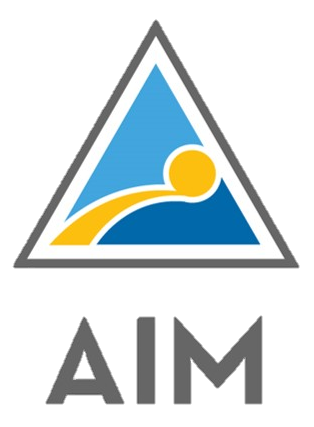What is the Cone of Experience?
In the 1960s, Edgar Dale came up with a theory on human learning or the learning process. The Cone of Experience was developed to show the difference on how learners retain information. Dale categorised the modes of learning experiences into three modes; Learning by Doing, Learning through Observation and Learning through Abstractions.

Misinterpretation of the original information
Until today, Edgar Dale’s theory is widely used as a guideline and continues to influence those who uses it as reference. However, the Cone of Experience has been frequently misunderstood and misapplied.
Unfortunately, for decades a lot of similar visuals; diagrams or graphs have been produced and shared, in which was said to be based on Dale’s Cone of Experience. Along the years, the diagram has been edited, numbers and percentage were included and new categories may have been added in as well. Although it is said that the people who modified the diagram, may be based on the message that they want to send, or to make their point, but it may be incorrect for others to apply it to theirs. It is worrying and may come up as an issue that some important decisions may be made or influenced by the edited information.
The original Cone of Experience has no numbers as there were no research done to generate any percentage. In fact, Dale did mention to his readers to not take the model too literally.
What’s popular isn’t always right
The edited information was said to have been circulated since late 1960s and there were no research or evidence to back up the ‘modified’ theories. An example of the modified version is as below.
One of the widely shared information is that, people remember:
10% of what they read.
20% of what they hear.
30% of what they see.
50% of what they hear and see.
70% of what they say.
90% of what they both say and do.

Source: Google search
For whatever information obtained, if we do not know the origin or the source, we won’t know for sure if the theory is relevant to our situation. This is why citations are very important. In this day and age, with the technology that we have, it is hard to contain the spread of false information. It is best that if we refer to a specific information and if we are to share that with our peers, we should know the origin of it. In this specific case of “Dale’s Cone”, although it is impossible to put a stop to it, we can share what we now know.
Access Ideas (M) Sdn. Bhd.
